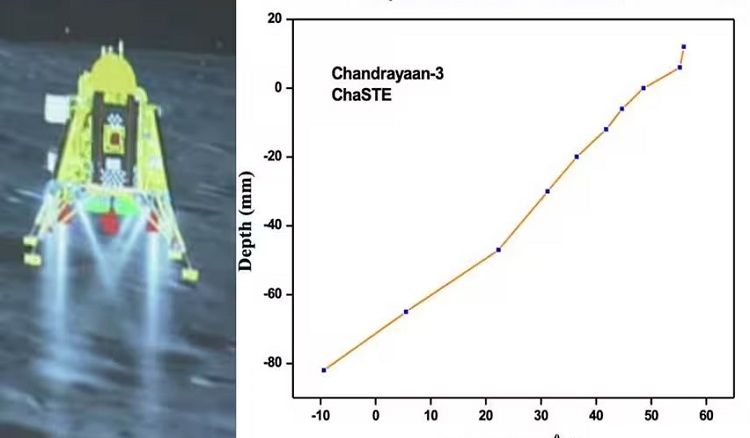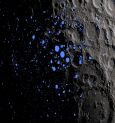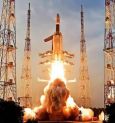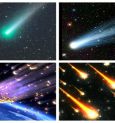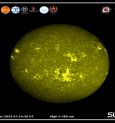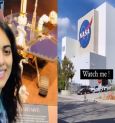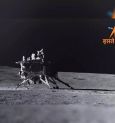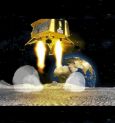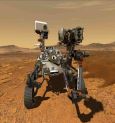On Wednesday, August 23, at 6:04 p.m., Lander Vikram successfully landed on the south pole of the moon. India became the first country in the world to conquer the south pole of the moon. Rover Pragyan has started extracting valuable insights from this region.
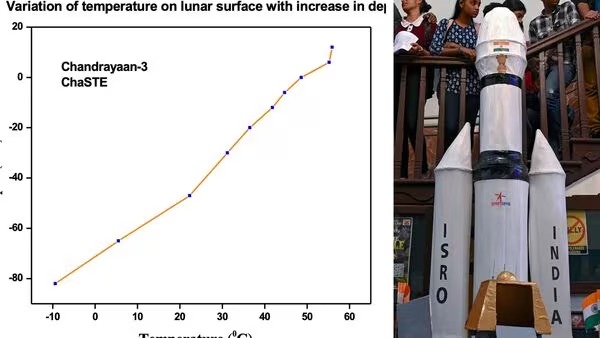
Chandrayaan 3 sent its first observations on the lunar surface temperature of the south pole on Sunday, August 27. The Indian Space Research Organisation (ISRO) has released the observations from Chandra's Surface Thermophysical Experiment (ChaSTE) payload, a machine attached to Chandrayaan-3’s Vikram lander. ChaSTE has measured the temperature profile of the lunar topsoil around the moon’s south pole. Its role is to measure the thermal properties, including temperature and thermal conductivity, of the lunar surface near the polar region.
ISRO has released a graph that shows the variation of lunar surface temperature with depth. In the graph, the Vikram payload has examined the temperature of the lunar surface at different depths. The temperature remains around 50 degrees Celsius on the ground, and it increases to over 60 degrees at a height of 20mm. At -80mm depth, which is below the ground, the temperature drops to minus 10 degrees Celsius.
ISRO explained based on the graph, "ChaSTE (Chandra's Surface Thermophysical Experiment) measures the temperature profile of the lunar topsoil around the pole to understand the thermal behaviour of the moon's surface. It has a temperature probe equipped with a controlled penetration mechanism capable of reaching a depth of 10 cm beneath the surface. The probe is fitted with 10 individual temperature sensors."
Isro scientist BH Darukesha told the news agency, "We all believed that the temperature could be somewhere around 20-degree centigrade to 30-degree centigrade on the surface, but it is 70-degree centigrade. This is surprisingly higher than what we had expected. He also said, "When we go two to three centimetres inside the Earth, we hardly see two-to-three-degree centigrade variation, whereas there (in the Moon), it is about 50-degree centigrade variation. This is something interesting."
ISRO chose the Moon’s south pole as the landing site for Chandrayaan-3 because this region is a storehouse of scientific secrets and cosmic mysteries. Chandrayaan-3's Vikram lander and Pragyan rover will study the water-ice reserves and analyse the components of the lunar soil to see if water, oxygen, and fuel can be extracted for future missions to the Moon.
Siddhartha, an earth scientist at ISRO and a strategic thinker, told the news agency that ChaSTE will provide "valuable data" about how the lunar surface responds to temperature variations. He also explained that ChaSTE will help in understanding the processes that shaped the Moon’s terrain over millions of years.
 বাংলায় পড়ুন
বাংলায় পড়ুন


